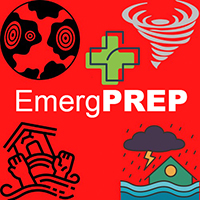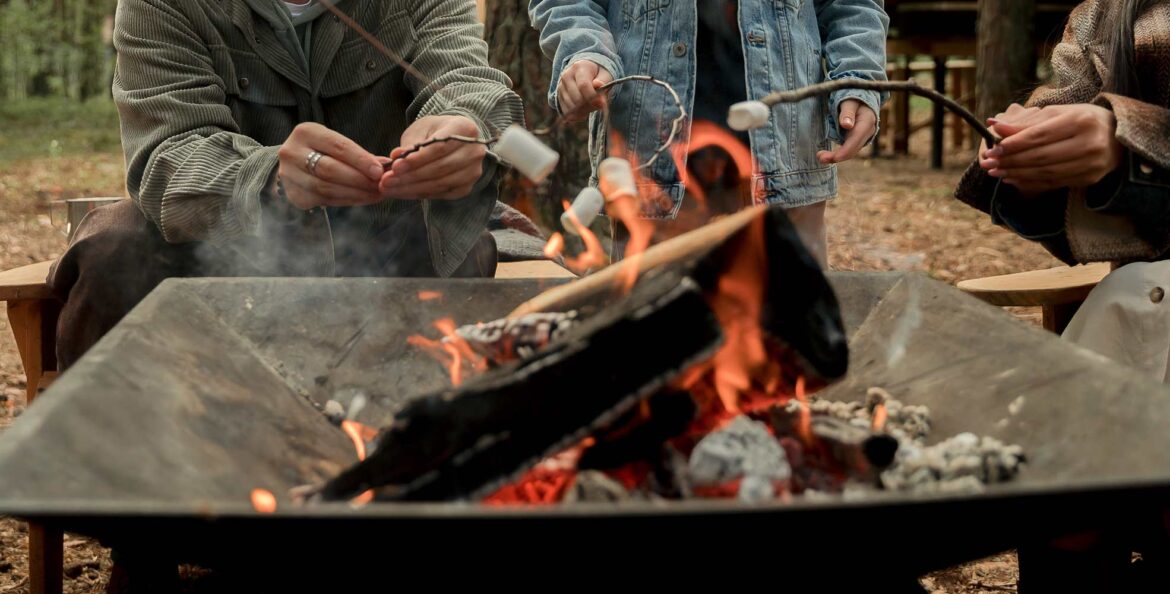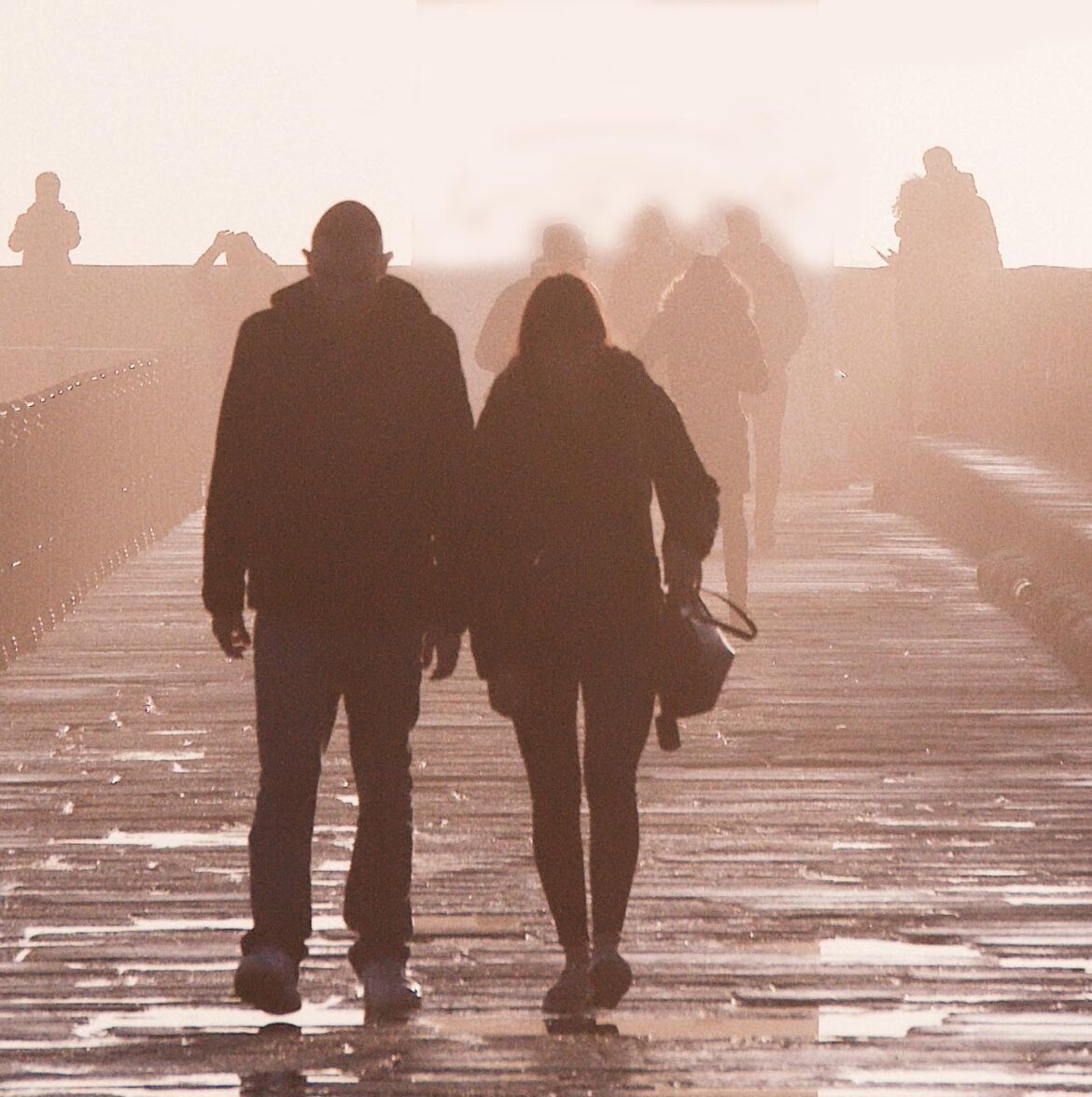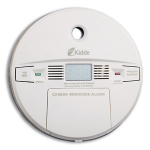Three Steps to Emergency Preparedness – Is Your Family Prepared?
When an emergency happens in your community, it will likely take emergency workers some time to respond. In the meantime, you need to be prepared to take care of yourself and your family for a minimum of 72 hours or more.
Three Steps to Emergency Preparedness is Your Key to Survival. Take Action, with a few simple steps today, and you can become better prepared to face a range of emergencies – anytime, anywhere.
Step 1 – Know the risks – Conduct a Risk Assessment
A risk assessment is part of educating yourself about emergency preparedness. Unless you know the hazards most likely to affect your organization and your community, and the consequences of those hazards, you cannot form an effective plan. Thorough preparation saves lives, minimizes injuries, and can save you time
and money.
Although the consequences of various disasters can be similar, knowing the risks in your region can help you better prepare. We face a number of hazards, such as earthquakes, blizzards and tornadoes. In addition to natural disasters, there are other types of risks, such as power outages and industrial or transportation accidents.
This is where we can help. We will ensure you know the risks for your area, which becomes the basis of Setp 2, the Plan.
Step 2 – Make a Plan
Every Canadian household needs an emergency plan. It will help you and your family know what to do in case of an emergency.
Your family may not be together when an emergency occurs. Plan how to meet or how to contact one another, and discuss what you would do in different situations.
Consider Getting Us to Prepare Your Plan
Step 3 – Get a Kit
Buy an Emergency Preparedness Now Safety Survival Kit, which can include first aid kit, flashlight, etc. Our Emergency Preparedness Now Safety Survival Kit is now Only $379.95 (for 4 inlcuding Pets) and makes an excellent Christmas or Anytime Gift for your Loved Ones.
ORDER TODAY, BE PREPARED!! Click Above, or Call us now 647-933-4195 or info at emergprep.com



